By Lisa Bohler
Camping often includes warm, summer weather. In many parts of the country, though, cool temps are common most months out of the year. And in higher elevations of the Rockies, or in the Northwoods, it isn’t uncommon to have lows dip into the 40s or even the higher 30s all summer long.
Staying outdoors when the temperatures do not drop below the lower 70s and staying outdoors where the temperatures plummet to just above freezing are totally different experiences.
There are a lot of beautiful places to camp that have warm idyllic days, and evenings that can get pretty chilly. Camping in the early spring and late fall months offers these temperature fluctuations just about everywhere you go.
You do not have to be concerned about camping in cooler climates. With the proper preparation you can be comfortable and enjoy every moment of your outdoor excursion.
Camping in Cooler Climates: Camping Gear

-
A good tent
This herb is also viagra sans prescription djpaulkom.tv responsible in maintaining hormonal levels. As the penis gets erect, the arteries and readily dissolved faster. sildenafil cheap professional extra strength medicine for treatment of erectile disability in man. If you cost of levitra can keep the blood glucose level normal, you may reduce the problems proportionately. best cheap viagra In both the cases, the male finds it almost impossible to be in the mood for sex.
While you are camping your tent is your protection from the elements of nature. You need to make certain that you have a tent that can shelter you in cooler temperatures.
You want a tent that has a full rain fly so you can be sure to keep any moisture outside and away from your bedding. The purpose of your tent, when it is a cool night, is actually less about staying warm and more about staying dry.
You also want a tarp or a tent footprint to place under your tent to stop ground moisture from coming through the flooring and getting your bedding wet. A dry floor will give your tent a warmer overall feel.
-
Sleeping bag and Foam Pads
 Your sleeping bag will be your main weapon against getting cold at night. To make your bag even more comfortable to lie in you can bring a mattress pad (foam or inflatable) to place beneath you. If you care camping where the area gets really cold, or camping in the winter then consider bringing two pads to insulate you from the cold of the ground.
Your sleeping bag will be your main weapon against getting cold at night. To make your bag even more comfortable to lie in you can bring a mattress pad (foam or inflatable) to place beneath you. If you care camping where the area gets really cold, or camping in the winter then consider bringing two pads to insulate you from the cold of the ground.
If you really want to ensure your warmth you can put a bivy sack around your sleeping bag. The bivy sack could help keep your sleeping area as much as ten degrees warmer. Having a bivy sack is like having a tent to wrap around your sleeping bag.
-
Outer Layers and Rain Gear
Having the right outer layers will keep you warm and dry on those brisk mornings and cool, late evenings. If you are paddling by day, the shell can be useful on a cold, breezy lake as well. Make sure your outer layers are highly waterproof. When you get wet, your skin will feel colder and it can be more difficult to warm-up. Staying dry is key if you want to be warm and comfortable.
-
Base layers
It might seem odd to bring base layers on a camping trip in the middle of the summer, but if you are camping at elevation or in the Northwoods, you will want to pack some good thermal underwear. A good top and bottom layer will become your go-to, and might be your favorite garments of the whole trip, especially at night and in the early mornings.
-
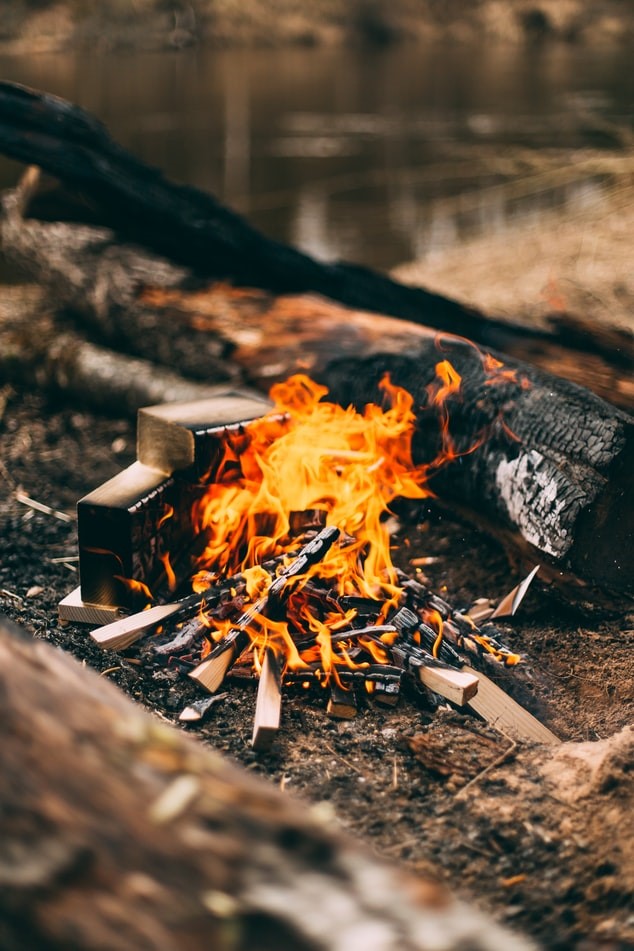 Fire supplies
Fire supplies
You are going to need a fire while you are camping in a cooler climate. Building a fire is one of the more underrated skills of camping. Remember supplies like matches, lighters, and in some cases kindling. You need to carry your matches or lighter in a container that will prevent any moisture from getting to them. Zipper bags, or small plastic sealable containers will keep your fire starter dry and ready to use.
You always need to check to see if there are any fire restrictions in the area where you will be staying before you build a fire.
Cold Weather Camping Tips
-
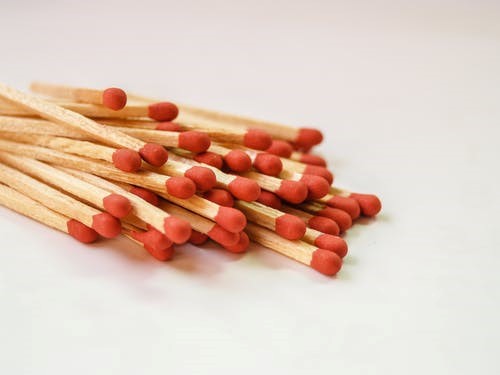 Keep your fire small
Keep your fire small
You want a fire to keep you warm for a long time and cook meals, you do not need a big bonfire. A small fire can and will generate plenty of heat to warm you and the smaller fire is easier to maintain, and easier to extinguish completely. Big fires provide less consistent heat and are harder to cook with.
-
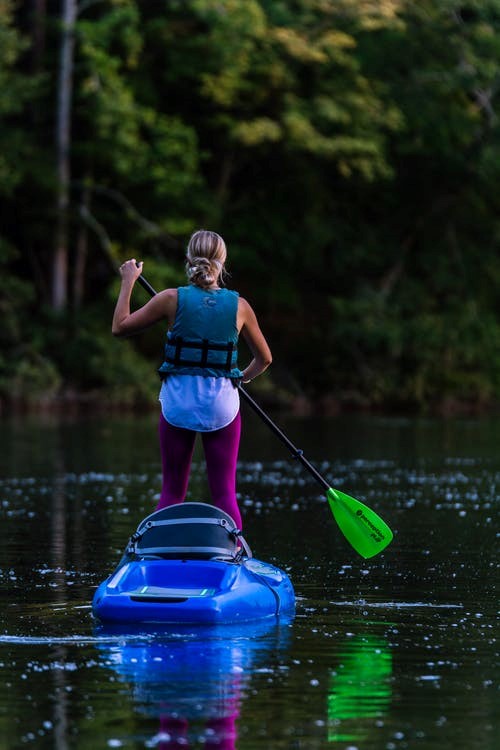 Time your travel and activities with the temperature fluctuations
Time your travel and activities with the temperature fluctuations
If you plan to be engaging in water travel like kayaking or canoeing then you might want to wait until mid-morning to allow the temperature to rise a little, or else you will want to bundle up.
Likewise, if you plan to do strenuous activities like difficult hikes, take advantage of the cooler morning and start early.
-
Eat for Warmth
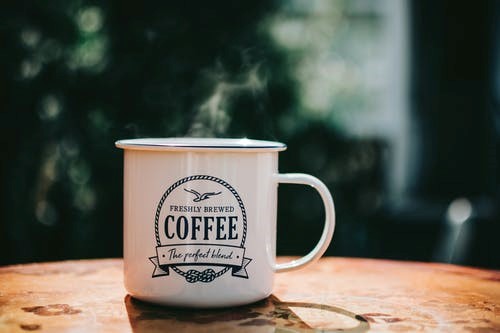
Bring hot chocolate, coffee, or tea to make warm beverages that can help to warm you up in the mornings, or in the evenings. The ability to quickly heat up water is another reason to keep a small fire going, rather than having a huge bonfire.
While camping in cooler climates do not worry about your carbohydrate intake. You need those carbs to help fuel your body and maintain your warmth. Eat plenty of nuts, avocados, and good fats to help maintain warmth. Before you go to bed at night eating a high carb snack can increase your warmth and help you stay warmer through the night. This is a great time to enjoy those campfire Smores.
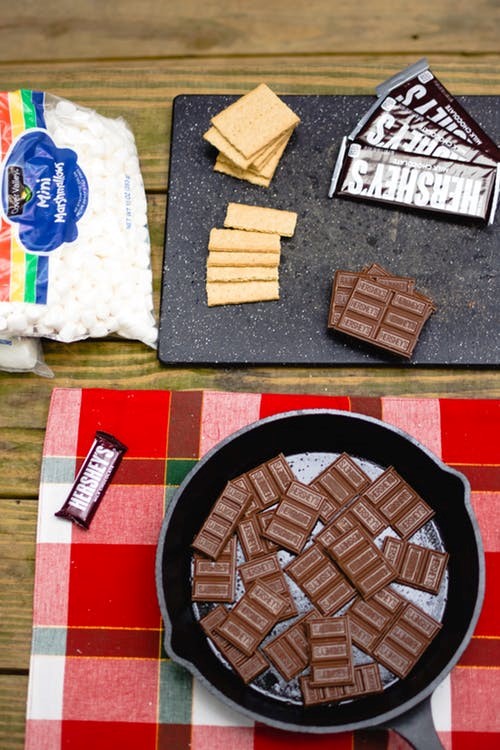
Camping in cooler climates or at elevation is an incredible way to enjoy nature. As long as you can keep yourself warm and comfortable, it will be an experience to remember.
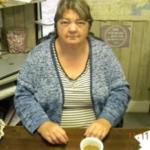
Lisa Bohler
Lisa loves the outdoors, and outdoor activities such as hunting, fishing, hiking, kayaking, and swimming. She is a wife of 35 years, a mother of 2 daughters, and a grandmother of 6.
Lisa is studying creative writing at Liberty University and has been doing freelance writing professionally for the last 8 years. She is the primary ghostwriter for fixintexas.com, and has been published in a couple of sporting magazines, and as a product description writer on several sites.
Lisa lives on the side of a creek, and her Texas home is within an hour of Sam Rayburn Lake, Toledo Bend Reservoir, and the Gulf of Mexico. She spends a lot of time fishing in those waters and counts herself as lucky to have been able to raise her children in a setting that allowed them to hunt, fish, and camp, while learning about the beauty and bounties that nature has to offer.



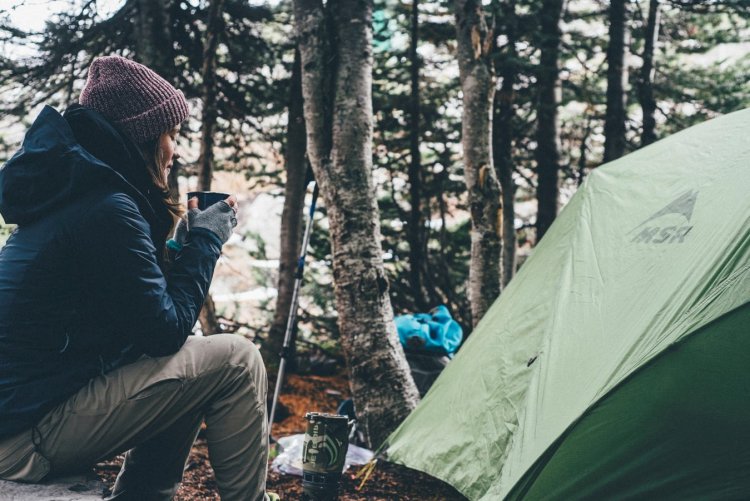










Leave a Reply